Global Journal of Zoology
Common Hippopotamus, Hippopotamus amphibius (Linnaeus, 1758) in the Kouoptamo Subdivision-Cameroon
Miantsia Fokam Olivier1,2* and Nsangou Moussa Jamyl1,3
1Faculty of Agronomy and Agricultural Sciences, University of Dschang, Cameroon
2African Center for Participatory Research and Development (CAREDEPA), Cameroon
3Regional Delegation of Waters and Forests of the North-Faro National Park, Cameroon
Cite this as
Olivier MF, Jamyl NM. Common Hippopotamus, Hippopotamus amphibius (Linnaeus, 1758) in the Kouoptamo Subdivision-Cameroon. Glob J Zool. 2024;9(1):005-009. DOI: 10.17352/gjz.000030Copyright
© 2024 Olivier MF, et al. This is an open-access article distributed under the terms of the Creative Commons Attribution License, which permits unrestricted use, distribution, and reproduction in any medium, provided the original author and source are credited.The Kouoptamo subdivision is one of the localities of the Noun Division that adjoins the Noun River. It served as a study area because of the presence of hippopotamus. This study carried out from January to July 2017, aimed to contribute to the sustainable management of wildlife by improving the observation of hippopotamuses (Hippopotamus amphibius) along the Noun River in the Kouoptamo subdivision. The data were obtained by administering a semi-structured survey form to fishermen, farmers, and local authorities. The results show that the average number of hippopotamuses observed along the River Noun in Kouoptamo is 10. On average, Mefuh records a very abundant potential with 13 individuals. This is followed by Buea and Mangouhnoun (7), Upstream of the dam (5), Makoumahou (4), and Downstream of the dam (3). According to habitat types, megaherbivores are highest in herbaceous savannah (6), followed by forest gallery (5), and finally shrub savannah (3). The months of observation are January and April with the greatest potential (20) and (15), followed by February and June (9) respectively, then March, May, and July (7) respectively. These pachyderms are most frequently observed in the afternoon between 2 p.m. and 6 p.m. (7), followed by the morning between 5 a.m. and 10 a.m. (6), then at midday between 11 a.m. and 1 p.m. (5) and finally at night between 7 p.m. and 4 a.m. (4). Very few studies have been carried out on hippopotamuses in Cameroon, so aspects of their biology and ecology remain unknown; precise estimates of population size and evolutionary trends are still incomplete. However, according to the CBD, knowledge of these resources is essential for better management.
Abbreviations
CITES: Convention on International Trade in Endangered Species of Wild Fauna and Flora; MINFOF: Ministry of Forests and Wildlife; IUCN: International Union for Conservation of Nature
Introduction
The hippopotamus is one of the large amphibian and ungulate mammals that live wherever there is water and suitable vegetation. This amphibian lives in the largest rivers, and marshes and even goes into estuaries, in the sea, and even up to an altitude of 2000 m [1,2].
The most recent estimates suggest that over the past decade, hippopotamus numbers have declined by 7% - 20% and may increase to 30% over the next three decades [3]. In 1994, there were a total of 125,000 - 148,000 individuals in Africa, and about 1,500 in Cameroon [3]. This reduction in hippopotamus numbers is mainly due to poaching, uncontrolled hunting, habitat loss, and conflict with human populations [1,4,5].
In Cameroon, however, hippopotamus populations remain poorly documented and therefore unknown. Many researchers confirm the presence of a large hippopotamus population in the northern part of the country [6,7].
Since the ban on trade in elephant ivory in 1989, there has been an increase in the export of hippopotamus canines [8]. In order to ensure sustainable management and conservation of this species, CITES limited exports of hippopotamus specimens for 2013, 2014, and 2015 to a maximum of 10 trophies per year. It also recommended that Cameroon provide accurate information on the status of this species [9].
To date, these hippopotamus populations are unknown and very poorly documented [1,3,10]. The information archived by international and national wildlife management institutions is old and inaccurate. They report hippopotamuses present in the Korup forests in the South-West and in the northern part of Cameroon [3,6,7,4,5] while the reality seems quite different.
However, the crucial lack of knowledge on the hippopotamus fauna heritage may reflect one of the constraints for the conservation of this species in Cameroon. It is therefore urgent to remove this constraint by identifying other hippopotamus populations in other potential localities in the country. This lack of reliable and up-to-date information leads us to a certain number of questions. Then the objective of this study is to contribute to the management of hippotamus in Cameroon through their census in the Kouoptamo Subdivision for better management.
Methodology
Area study
The Noun division (Figure 1), in the highlands of western Cameroon, is located in a large agricultural production area. Its surface area is approximately 7,687 km2 for a population of 434,542 inhabitants, or 57 inhabitants per km2 (Departmental Delegation of Agriculture of Noun, 2013). It is located between longitude 10°32’ - 11°13’ E and latitude 5°36’ - 5°55’ N. This department has nine districts (Bangourain, Foumban, Foumbot, Kouoptamo, Koutaba, Magba, Malentouen, Massangam, and Njimom) and has Foumban as its capital.
The choice of villages was dictated by a survey of the decentralized services of MINFOF for the Western Region. Priority was given to villages where the confirmed or potential presence of Hippopotamus amphibius has been reported. For this purpose, three villages have been identified in the district of Kouoptamo (Nchoutnoun, Moripa, Gbetkelouom) for a respective total of 6 frequentation sites (upstream of the dam, downstream of the dam, Makoumahou, Mangouhnoun, Mefuh, and Buea).
Data collections
Secondary data collection: Secondary data were collected based on documentary research. The documents consulted were obtained from the library of the Department of Forestry of the University of Dschang, the archives of the central and decentralized services of MINFOF (MINFOF/West Regional Delegation), and on the internet. These were documents directly related to our research theme.
Primary data collection: Primary data were collected based on direct field observations and ethno zoological survey sheets administered to local populations, and decentralized services of the state administration. Thus a stratified and targeted sampling was applied (Table 1).
In total, three villages were visited, and 134 people were surveyed, including 61 farmers, 63 fishermen, and 10 members of the administration (West Wildlife Service, Noun Wildlife Section, Kouoptamo Forestry and Hunting Post, Kouoptamo Veterinary Post, Town Hall).
Statistics analysis
Descriptive statistics will be used to analyze the collected data. Descriptive statistical analysis will be done using Microsoft Excel spreadsheet 2013 and statistical inference from SPSS 21.0 software.
Results
Hippopotamus populations observation in Kouoptamo subdivision
Areas outside protected areas are generally subject to less frequent and very irregular monitoring. In Kouoptamo, direct wildlife inventory activities are non-existent, which did not allow for more precise inventory data to be obtained. However, in order to have an overall assessment of hippopotamus numbers, resource persons were asked to make estimates of the size of these amphibians. It is important to note that abundance was assessed by the last observation from January to July 2017. The result of these estimates is summarized in Table 2.
Table 2 shows that the presence of hippopotamuses observed along the Noun River in Kouoptamo shows an average total number of 10. Figure 2 shows the average distribution of common hippopotamuses by observation village.
Average distribution of hippos by observation site: This study was able to identify six sites where hippos were observed from January to July 2017. From these sites, it appears that on average Mefuh records a very abundant potential with 13 individuals. It is followed by Buea and Mangouhnoun (7), Upstream of the dam (5), Makoumahou (4), and Downstream of the dam (3). Figure 3 shows the average distribution of hippos by observation site.
Average distribution of hippos by observation habitat: Hippopotamuses are herbivores and most often inhabit two types of environments. Closed environments were similar to forests and open environments were similar to savannahs [1,2]. From this assertion, two types of habitat were identified, namely the gallery forest and the savannah. Figure 4 shows an average distribution of hippopotamuses by observation habitat. It is clear from this figure that on average, the presence of these megaherbivores is higher in the herbaceous savannah (6), followed by the gallery forest (5) and finally the shrub savannah (3).
Average distribution of hippos by month of observation: Taking into account an average distribution according to the first seven months of the year 2017, we realize that the months of January and April record the greatest potentials (20) and (15), followed by February (9) and June (9), then March (7), May (7), July (7). Figure 5 shows the average distribution of hippos according to the months of observation.
Average distribution of hippos by observation time: In order to always lay the foundations for future ecological monitoring, it was important to try to see at what time of day hippos can be observed. Figure 6 shows an average distribution of hippos according to the time of observation. It is clear from this figure that these pachyderms are observed more on average in the afternoon between 2 pm- 6 pm (7), followed by the morning between 5 am- 10 am (6), then at noon between 11 am- 1 pm (5) and finally at night between 7 pm- 4 am (4).
Average distribution of hippos by month and village: Figure 7 opposite shows the average distribution of hippos according to months and villages. It is clear from this figure that in January, only Gbetkoulouom had an average observation of 20 individuals. This village has the highest numbers in February (6), April (15) and June (7). Moripa only has the highest number in July (7). This may indicate that at this time the village is much more frequented by these amphibians.
Discussions
According to the hippo management plan in Cameroon, the Kouoptamo subdivision had a hippopotamus population of 20 in 2014 [11]. However, we obtained an average population of 10 in 2017. This result is much lower than that of [12], who in his studies found a size of 428 hippopotamus in the Faro National Park. This is explained by the fact that it is the largest area of concentration of hippopotamus in Cameroon. This decline is due, among other things, to the human-hippo conflict that is raging in the area, the loss of their habitat, agricultural activities, and poaching [13].
The high average number of hippos in Mefuh could perhaps be explained by its position at the Noun-Mifi mouth, which seems to have an adequate water level for the hippos to thrive, and the presence of large corn plantations, which could be a food source for hippopotamus. This implies an increase in the risk of conflict between farmers and these animals. It would be wise to consider a hippo sanctuary at this mouth in order to give these animals more protection. It can be assumed that the mouth is a hotspot for observing hippopotamus. The distribution across all villages between May and July could be explained by the fact that the mating season, which is generally in the dry season, often gives rise to violent fights that often result in the isolation or migration of the defeated males. However, we are in the rainy season. These observations were also made by the Garoua Wildlife School and the African Wildlife Foundation [14]. The presence of the Bamendjing hydroelectric dam would therefore be a determining factor in the change in the behavior of hippopotamuses.
Conclusion
In short, this study allowed us to estimate the abundance of hippos and characterize their habitat; highlight the threats that weigh on hippopotamus populations; highlight the perception of populations towards hippopotamus populations; to highlight human-hippopotamus conflicts. Four villages were identified for six sites frequented by hippos near agricultural areas. These sites are shrubby, herbaceous (maize and grasses) savannas, and forest galleries where hippos feed and find refuge. The hippopotamus amphibius is highly threatened by agriculture (chemicals) and urbanization (dams, bridges). These threats result in habitat fragmentation and population reduction. The most visible conflicts are those between fishermen and hippos in all seasons and then between farmers and hippos in the dry season. These conflicts have resulted in the death of fishermen and hippos, the destruction of agricultural fields, and the pursuit and injury of people. This wildlife remains wandering in the district and is only protected by mystical concepts (totemage). There are very few studies on hippos in Cameroon; for example, several aspects of their biology and ecology remain unknown; precise estimates of population size and population trends remain incomplete. Monitoring study methodologies are not standardized. As a result, the various economic stakeholders are very well informed about the status and benefits of this animal within a biotope. However, according to the CBD [15,16], knowledge of its resources remains an imperative for better management.
Acknowledgment to: CAREDEPA (African Center of Research and Development Participative) for the supervision of this work; to the fishermen, farmers, and hunters of the Kouoptamo Subdivision; to the staff of the decentralized services of MINFOF for their collaboration.
- Eltringham SK. The hippos: natural history and conservation. London: Academic Press; 1999.
- Kingdom J. The Kingdom field guide to African mammals. London: Academic Press; 1997.
- Lewisson R, Olivier W. Hippopotamus amphibius. In: IUCN SSC Hippo Specialist Subgroup. The IUCN Red List of Threatened Species; 2008.
- Mbamba MJPK, Ntumwel BC, Kamgang SA, Bobo KS. State of the mammalian fauna of the Bénoué National Park complex and hunting interest zones 1 and 4. 2014;68.
- Tsi EA, Tomedi EM, Talla F, Nguimkeng DL. Status and dynamics of hippopotamus (Hippopotamus amphibius) during the rainy season in Faro National Park, Cameroon. J Agric Biol Sci. 2011;2(2):031-37. Available from: https://www.cabidigitallibrary.org/doi/full/10.5555/20113335365
- Scholte P, Iyah E. Declining population of the vulnerable common hippopotamus (Hippopotamus amphibius) in Bénoué National Park, Cameroon (1976-2013): the importance of conservation presence. Oryx. 2016;1-8. Available from: https://www.cambridge.org/core/journals/oryx/article/declining-population-of-the-vulnerable-common-hippopotamus-hippopotamus-amphibius-in-benoue-national-park-cameroon-19762013-the-importance-of-conservation-presence/B9547EF703C26B05AC2DA31596AB9F5D
- Ngalié M. Study of the structure, growth and diet of the hippopotamus in the Benue National Park and its periphery, Cameroon. Thesis presented for the master's degree in research in analysis of populations of wildlife and fisheries areas. 2012;75.
- IUCN. IUCN Red List of Threatened Species. Consulted on January 30, 2007.Available from: http://www.developpement-durable-lavenir.com/2006/05/03/liste-rouge-de-l-iucn-des-especes-menacees-2006.
- CITES CoP 17 Prop. 12. Review of proposals to amend Appendices I and II. Seventeenth session of the Conference of the Parties; Johannesburg (South Africa), September 24 – October 5, 2016.
- Mallon D, Wightman C, De Ornellas P, Collen B, Ransom C, compilers. Conservation strategy for the pygmy hippopotamus. Gland, Switzerland: IUCN Species Survival Commission; 2011.
- MINFOF. Hippopotamus management plan in Cameroon: validation report. 2014;1024.
- Mourbare S. Status of the hippopotamus (Hippopotamus amphibius) in the Faro-North Cameroon National Park: abundance, threats, and management perspectives. Thesis presented for the professional master's degree in protected area management. Regional Post-University School for Integrated Development and Management of Tropical Forest and Territories; 2024;78.
- Dibloni OT, Ouoba D, Zoman YS, Yameogo S, Kabre BG. Characterization of human-wildlife conflicts in the Mare aux Hippopotames Biosphere Reserve in the South Sudanian zone of Burkina Faso. Africa Sci. 2020;17(2):115-127. Available from: https://www.researchgate.net/publication/358965303_Caracterisation_des_conflits_hommes-faune_dans_la_Reserve_de_Biosphere_de_la_Mare_aux_Hippopotames_en_zone_sud_soudanienne_du_Burkina_Faso
- École de Faune de Garoua (EFG), African Wildlife Foundation (AWF). Inventory of large and medium mammals in the Faro National Park, and counting of hippos along the Faro river, North Cameroon. 2021;71.
- CBD. Access to genetic resources and the fair and equitable sharing of benefits arising from their utilization relating to the Convention on Biological Diversity: Nagoya Protocol; 2012; 16.
- CBD. Decision adopted by the Conference of the Parties to the Convention on Biological Diversity: sustainable management of wildlife. Fourteenth meeting; Sharm el-Sheikh, Egypt, November 17-29, 2018. Viewed on June 14, 2020. Available from: https://www.cbd.int/doc/decisions/cop-14/cop-14-dec-07-en.pdf
Article Alerts
Subscribe to our articles alerts and stay tuned.
 This work is licensed under a Creative Commons Attribution 4.0 International License.
This work is licensed under a Creative Commons Attribution 4.0 International License.
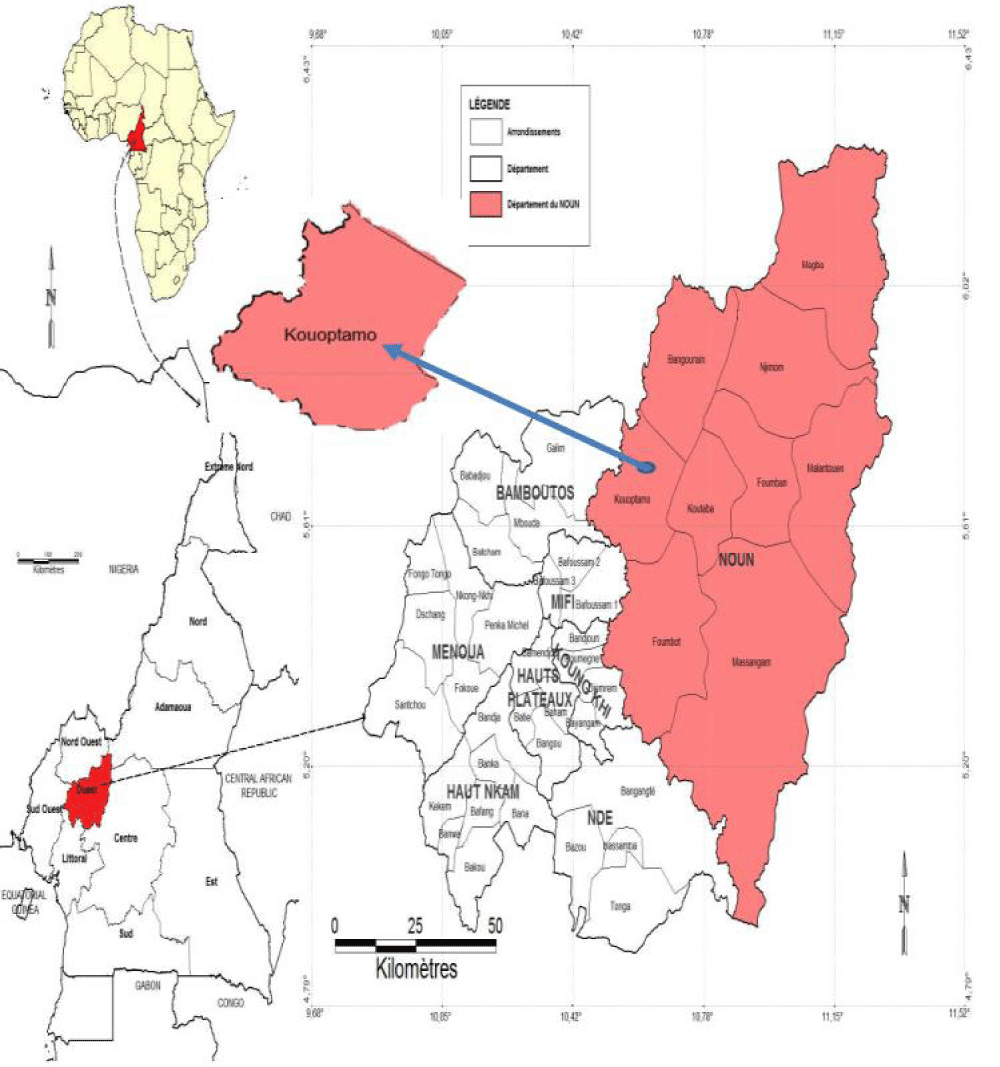
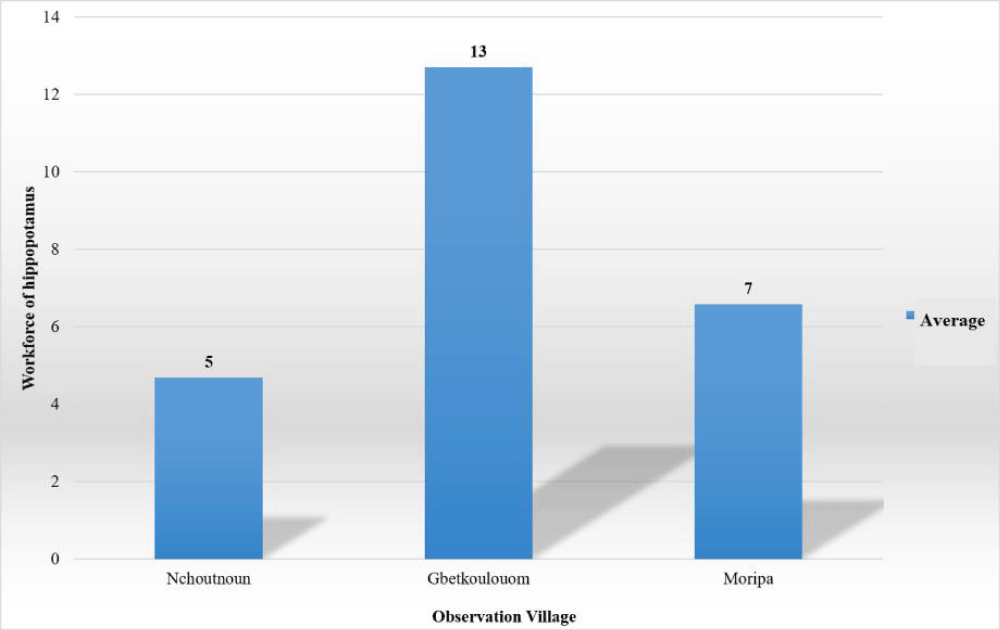
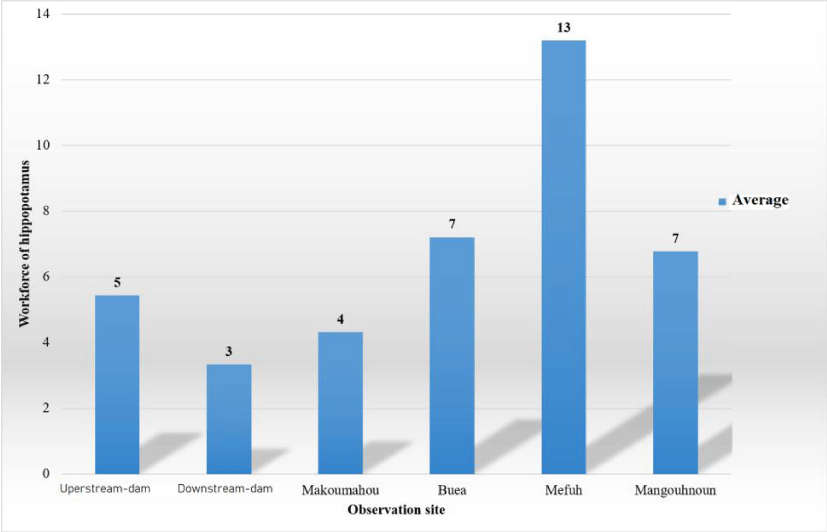
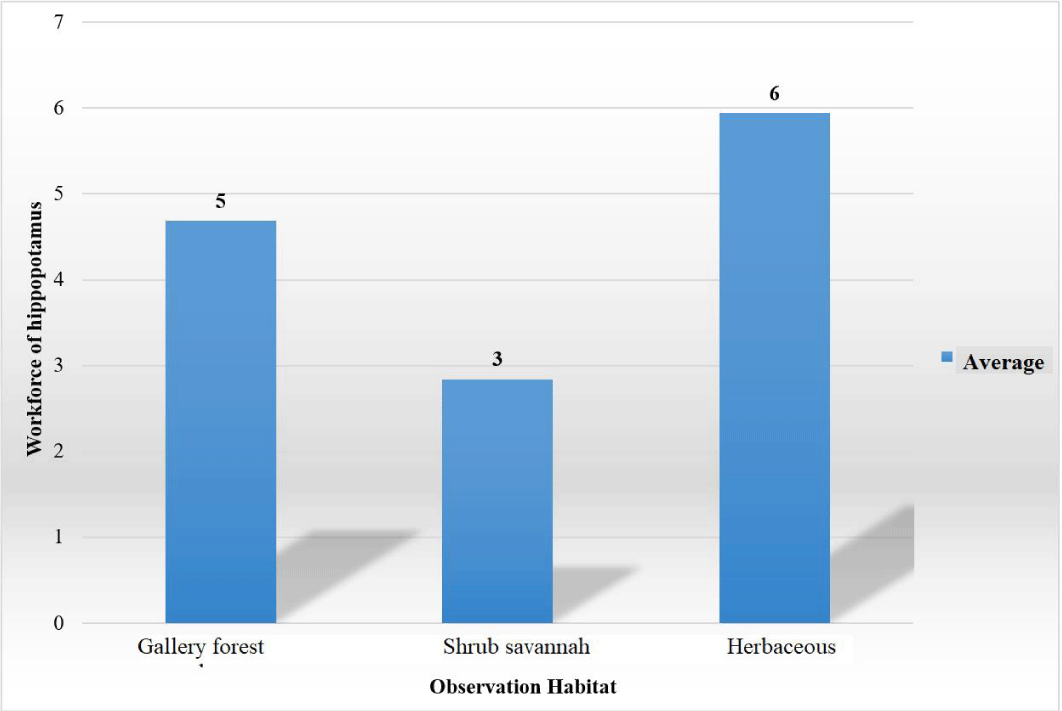
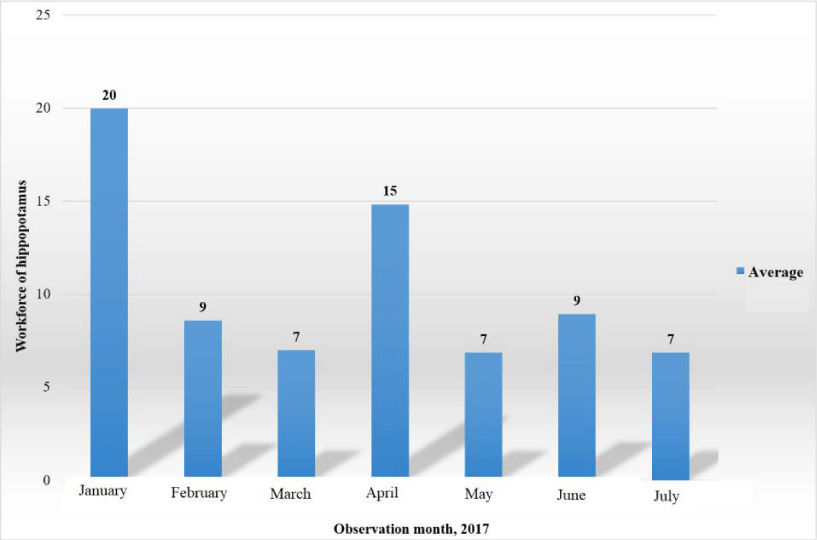
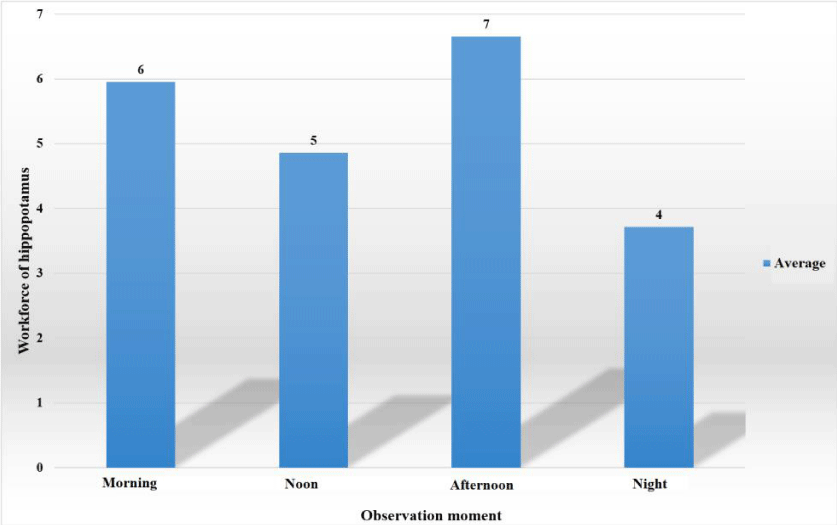
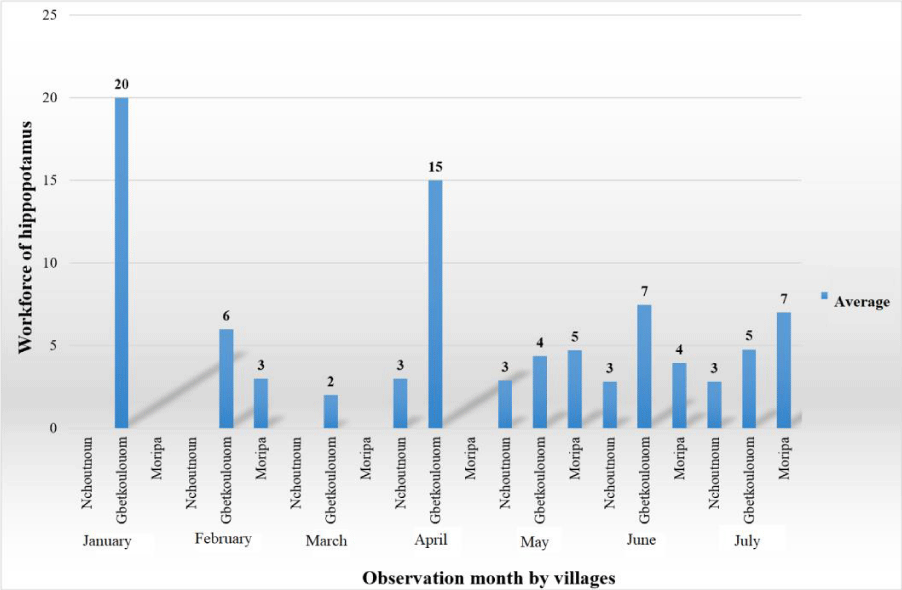


 Save to Mendeley
Save to Mendeley
